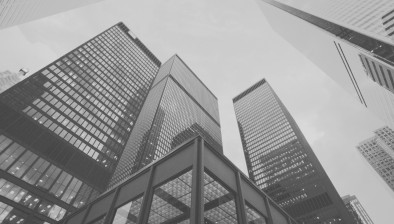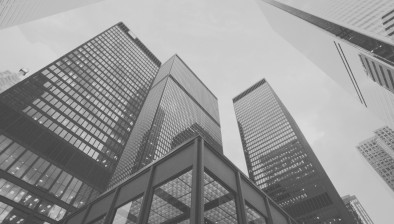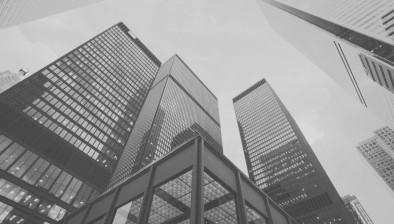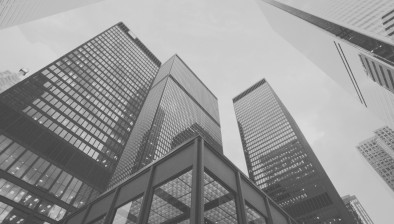RICS: Commercial property outlook in Scotland declines as occupier and investment demand fall
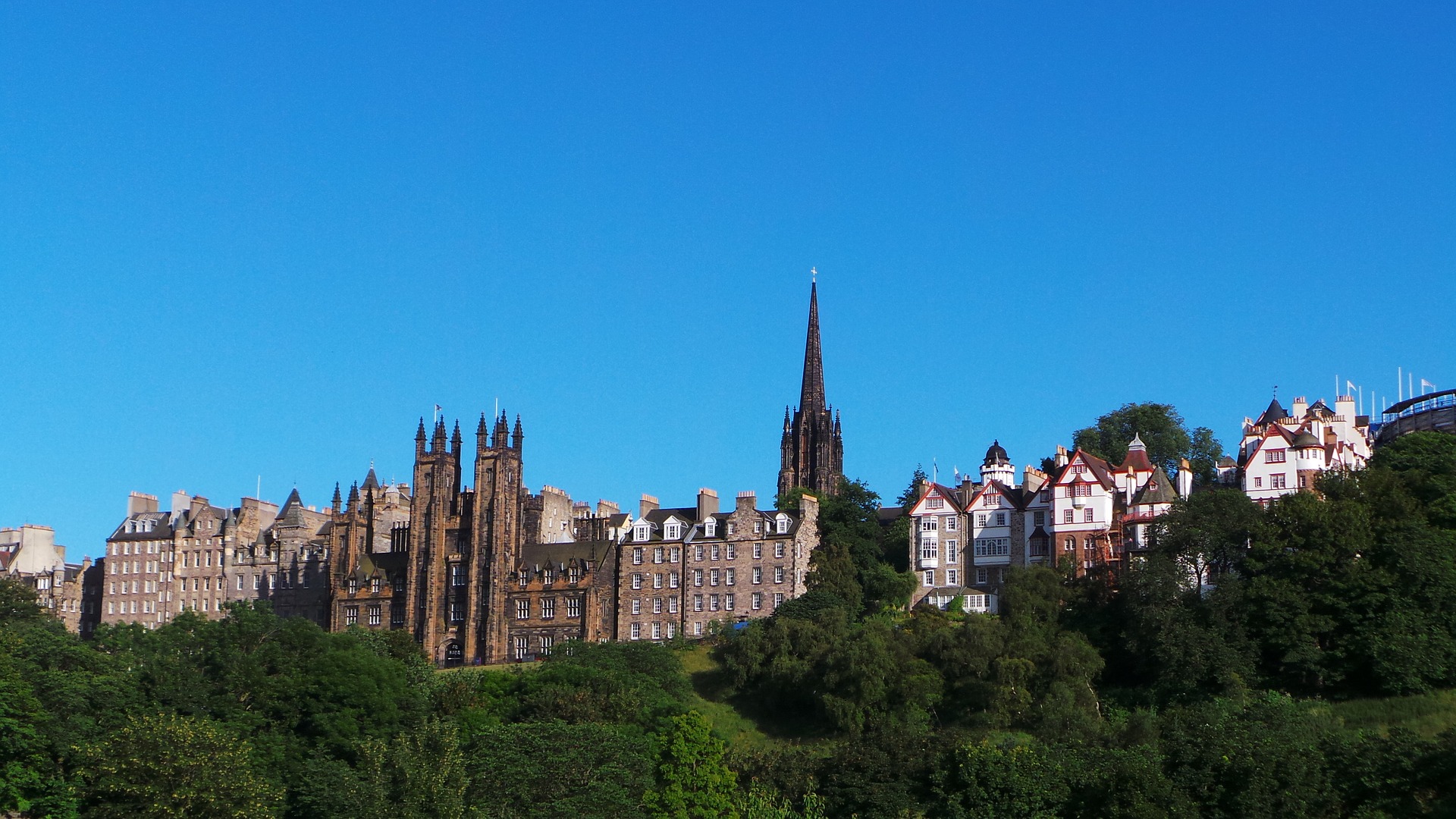
On the occupier side, overall tenant demand in Scotland fell to a net balance of -10% of respondents
Occupier and investor demand for commercial property in Scotland fell further, according to the latest Royal Institution of Chartered Surveyors (RICS) Commercial Property Monitor.
The survey points to a weakening in the market as the prospect of further interest rate rises weigh heavily on the outlook over the year ahead.
On the occupier side, overall tenant demand in Scotland fell to a net balance of -10% of respondents, the lowest figure since Q1 2021. There has been a downward trend in occupier demand for both office and retail space (net balances of -5% and -46% respectively). However, tenant demand for industrial property saw an increase through Q3, with a net balance of +25% of respondents reporting a rise.
The net balance of respondents regarding retail demand has now been negative for 26 consecutive quarters. Meanwhile, the net balance for industrial demand has been strongly positive since the middle quarters of 2020 when there was a covid-related dip.
Overall rental expectations in Scotland are broadly flat for the three months ahead (down from +8% previously), but there is a big variation between industrial on the one hand and retail on the other. A net balance of +41% was recorded for industrial rental expectations and -52% for retail. But both figures were weaker than in Q2.
In the investment market, a net balance of -28% of respondents in Scotland cited a decline in enquiries during Q3. This represents the weakest return for this metric since Q3 2020. A decline was seen across all three sectors, with industrial turning slightly negative for the first time since Q3 2020. And respondents said they had seen a sharp drop in interest from foreign investors. The net balance for foreign investment enquiries was -35%, one of the biggest falls since the series began.
The outlook shifted markedly during Q3 for capital values. Projections for office values in Scotland turned negative, with the net balance falling to -23% from +23% in the previous quarter. For retail, already negative projections were downgraded further, with a net balance of -54% of Scottish contributors anticipating retail values falling in the three months ahead.
Alasdair Humphery of JLL in Edinburgh, said: “Global events, added to rising cost of debt, higher gilt rate and increased construction costs are a soup of epic challenges but not all these and other factors apply equally across different property sectors and subsectors and so for some, opportunity will arise but there will be a concerted flight to quality and green buildings.”
Euan Ryan, senior public affairs officer, RICS, added: “The commercial real estate sector has a vital role to play in ensuring the economic and social success of local communities across Scotland. As the Scottish Government set out in its Retail Strategy earlier this year, a ‘strong, prosperous and vibrant retail sector is essential to the vision of a wellbeing economy’. Through further initiatives to attract inward investment, the reforming of business rates to drive improvements, and ongoing work to decarbonise non-domestic buildings, the sector can contribute meaningfully to Scotland’s just transition and placemaking agenda, despite challenging economic conditions.”
Tarrant Parsons, RICS economist, commented: “Deteriorating conditions across the UK economy are having an increasingly noticeable influence on the UK commercial property market, with higher interest rates, and the prospect of more to come, now clearly weighing on investor demand.
“The weaker survey feedback is particularly evident in the retail sector, as the cost-of-living crisis and falling consumer confidence takes its toll on household spending. Likewise, the office sector has also seen a renewed decline in demand, with ongoing structural changes to working patterns brought about by the pandemic further exacerbating the broader cyclical downturn in the economy.”


















